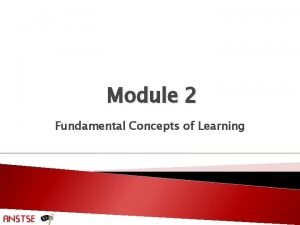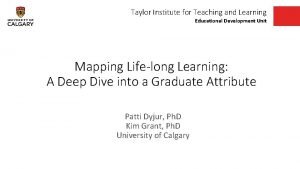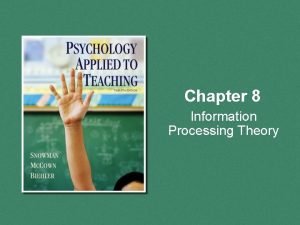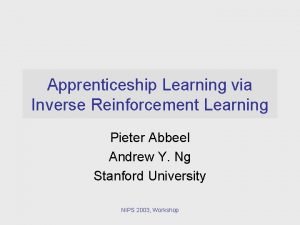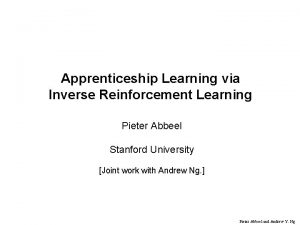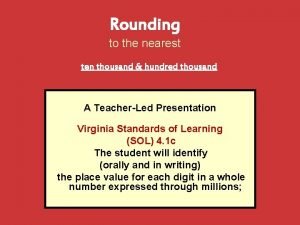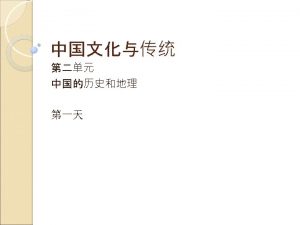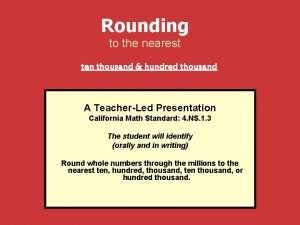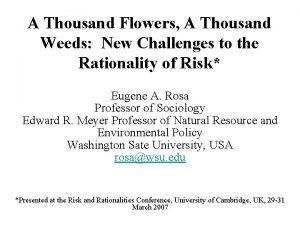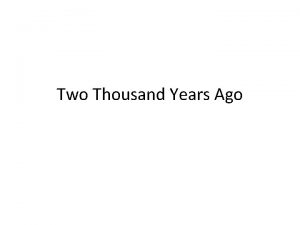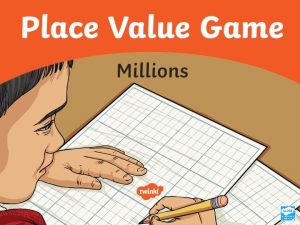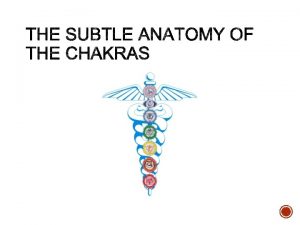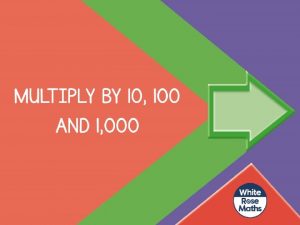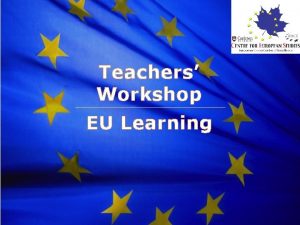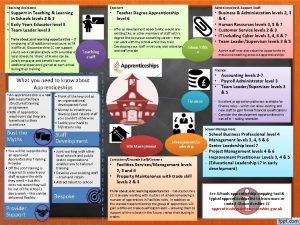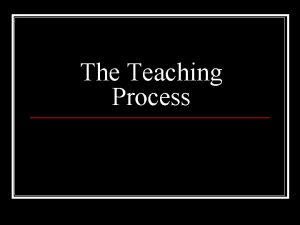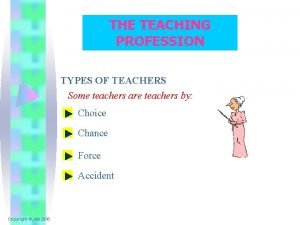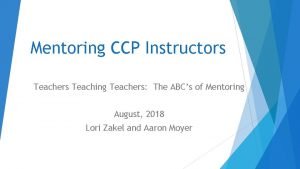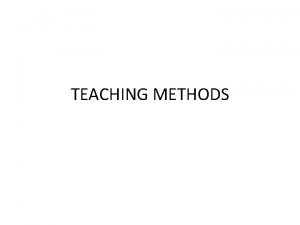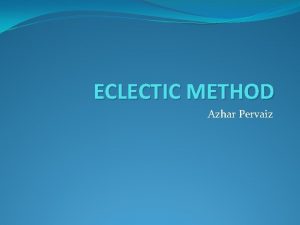Teaching Learning Process A thousand teachers a thousand









































- Slides: 41

Teaching Learning Process “A thousand teachers, a thousand methods. ” -Chinese Proverb

Please allow team / group work during exams !

Outline 1 -Introduction. 2 - Definitions of terms related to teaching learning process. 3 -Principles of Effective Teaching& learning process. 4 -Principles of learning. 5 -Aspects of the teaching-learning process. 6 -Information Processing

What is Teaching • a process of interacting • The process of engaging students in activities that will enable them to acquire the knowledge, skills, as well as worthwhile values and attitudes. 4

TEACHING APPROACH It is a set of principles, beliefs, or ideas about the nature of learning which is translated into the classroom.

EXAMPLES OF TEACHING APPROACHES TEACHER-CENTERED LEARNER-CENTERED SUBJECT-MATTER CENTER LEARNER-CENTERED TEACHER DOMINATED INTERACTIVE “BANKING” APPROACH CONSTRUCTIVIST DISCIPLINAL INTEGRATED INDIVIDUALISTIC COLLABORATIVE INDIRECT, GUIDED DIRECT

Teacher centered vs Learner Centered

PRINCIPLES OF TEACHING • Principle of using previous knowledge • Principle of providing for individual difference • Principle of readiness • Principle of meaningfulness • Principle of defining specific objectives of the lesson • Principle of proceeding from simple to complex • Principle of proceeding from concrete to abstract • Principle of proceeding from general to specific • Principle of proceeding from known to unknown

Guiding Principles in the Selection and Use of Teaching Strategies: Learning is an active process. We have to actively engage the learners in learning activities if we want them to learn what we intend to teach. Research shows Ø 75% retention rates in learning by doing Ø 90% retention rates learning by teaching others

Guiding Principles in the Selection and Use of Teaching Strategies: The more senses that are involved in learning, the more and the better the learning. /

IMPLEMENT EVALUATE PLAN Feedbacks and Reflection Teaching Process 11

TEACHING PHASES STAGE-I Pre-Active Stage TEACHING STAGE-2 Inter-Active Stage STAGE-3 Post-Active Stage PHASES OF TEACHING ----- Philip. W. Jackson OPERATIONS Fixing up Goals & Content Decision about Strategies Diagnosis of the Learners Actions and Reactions Appropriate Testing Devices Feedback and Testing

Planning Phase includes decision like: • The needs of the learner • The achievable goals & objectives to meet the needs • Selection of the content to be taught • Motivation to carry out the goal, • Approach most fit to carry out the goals • Evaluation process to measure learning outcome

Considerations in planning • Learner • Availability of materials • Time requirement of particular activity • Strategy need to achieve the objective

Implementation phase • Based on the objective, implementation means to put into action the different activities in order to achieve the objectives through the subject matter. • Interaction of the teacher and learner is important in the accomplishment of the plan • Use of different teaching style and strategy are included in this phase

Evaluation phase • A match of the objective with the learning outcome will be made • Answers the question if the plans and implementation have been successfully achieved • Feedback

Basic assumptions • That teaching is goal oriented with the change of behaviour as the ultimate end • That teaching is a rational and a reflective process • That teachers by their actions can influence learners to change their own thinking or desired behaviour, thus teaching is a way of changing behaviour, through the intervention of the teacher

Good teaching is. . . . • One that is well planned & where activities are interrelated to each other • Goes beyond recall of information • One that provide learning experiences or situation that will ensure understanding, application and critical thinking One where the learner is stimulated to think and reason and apply

Learning as a process of learning To teach, is to make someone to learn. . .


Learning • Defined as a change in an individual’s behaviour caused by experiences or self activity • Implies that learning can only happen through the individuals activity or his own doing • Can be intentional or unintentional

Two principal types of learning process • Behavioural learning theories • Cognitive learning theories

Behavioural Learning Theory • Emphasizes observable behaviour such as new skills, knowledge, or attitudes which can be demonstrated • Observable and measurable • If the individual has changed behaviour, he has learned

Cognitive Learning Theory • Concerned with human learning in which unobservable mental processes are used to learn and remember new information or acquired skill • Related to concept of meaningful learning through cognitive models


Three model of teaching anchored on cognitive learning theory • Discovery learning of Jerome Bruner • Reception learning of David Ausubel • Events of Learning of Robert Gagne

Discovery learning • States that the individual learns from his own discovery of the environment • Learners are inherently curious, thus they can be self motivated until they find answers to the problem • Gave rise to the emerging theory of constructivism and self-learning • Learning is flexible, exploratory, and independent

Reception Learning • Though learners are inherently curious, they may not be able to know what is important or relevant and they need external motivation in order to learn • Also emphasize that prior learning is important in order to learn new things and because knowledge continuously changes once it is in the learner’s mind

Events of learning (eight internal events) 1. Motivation phase – the learner must be motivated to learn by expectation that learning will be rewarding 2. Apprehending phase – learner stands or pay attention if learning has to take place 3. Acquisition phase – while learner is paying attention, the stage is set and the information presented 4. Retention phase – newly acquired information must be transferred from short tem to long

Events of. . . . 5. Recall phase – recall previously learned information; to learn to gain access to what has been learned is a critical phase in learning 6. Generalization phase – transfer of information to new situations allows application of the learned information in the context in which it was learned 7. Feedback phase – students must receive feedback on their performance - assessment

SUMMATIVE ASSESSMENT The goal of summative assessment is to evaluate student learning at the end of an instructional unit by comparing it against some standard or benchmark. Summative assessments are often high stakes, which means that they have a high point value. Examples of summative assessments include: • a midterm exam • a final project • a paper

FORMATIVE ASSESSMENT The goal of formative assessment is to monitor student learning to provide ongoing feedback that can be used by instructors to improve their teaching and by students to improve their learning. More specifically, formative assessments: • help students identify their strengths and weaknesses and target areas that need work • help faculty recognize where students are struggling and address problems immediately.


Information Processing


An integrated approach incorporates successful, research - based and brain- based instructional strategies. ØSome research findings about the brain (Wolfe, 2001): 1) Without rehearsal or constant attention, information remains in working memory for only about 15 -20 secs. 2) Learning is a process of building neural networks. 3) Our brains have difficulty comprehending large numbers because we have nothing in our experience to ‘hook’ them to. 4) The eyes contain nearly 70% of the body’s sensory receptors & send millions of signals every second along the optic nerves to the visual processing of the brain. 5) There is little doubt when information is embedded in the music or rhyme, its recall is easier than when it is in prose.

Forgetting Fading – disuse the ‘link’ fades Interference – confuse Distortion – misrepresentation due to imperfect recall

Forgetting How to prevent Encourage active interaction Multiple context Practice – review/ use in new learning activity


If I can not learn the way you teach, will you teach me the way I can learn?

0 -5 -2 -2 -2 -3 -4 -5 -7 -7 -0 0522 -2 -345770 41
 A thousand teachers a thousand methods explanation
A thousand teachers a thousand methods explanation Define teaching method
Define teaching method Kim kroll
Kim kroll 152 909 nearest hundred thousand
152 909 nearest hundred thousand Attitude of teachers towards teaching profession
Attitude of teachers towards teaching profession Cuadro comparativo de e-learning
Cuadro comparativo de e-learning Development plan for teachers
Development plan for teachers Annual learning plan ideas for teachers
Annual learning plan ideas for teachers Difference between traditional teaching and micro teaching
Difference between traditional teaching and micro teaching Appetitive faculties of the learner
Appetitive faculties of the learner New jersey center for teaching and learning
New jersey center for teaching and learning New jersey center for teaching and learning
New jersey center for teaching and learning End goals of mtb-mle
End goals of mtb-mle Teaching learning framework lausd
Teaching learning framework lausd Inspired learning placement
Inspired learning placement Assessment the bridge between teaching and learning
Assessment the bridge between teaching and learning Technical core
Technical core Teaching aids conclusion
Teaching aids conclusion Approaches to learning ib
Approaches to learning ib New jersey center for teaching and learning
New jersey center for teaching and learning Development of teaching learning materials
Development of teaching learning materials 10 steps to teaching and learning independence
10 steps to teaching and learning independence Advantages of assure model
Advantages of assure model What is contextualized teaching and learning
What is contextualized teaching and learning Peek model for readiness to learn
Peek model for readiness to learn Tilt assignment template
Tilt assignment template Nj center for teaching and learning
Nj center for teaching and learning Contextual teaching and learning
Contextual teaching and learning![Creative teaching u0026 learning [open house sit lhi] Creative teaching u0026 learning [open house sit lhi]](data:image/svg+xml,%3Csvg%20xmlns=%22http://www.w3.org/2000/svg%22%20viewBox=%220%200%20200%20200%22%3E%3C/svg%3E) Creative teaching u0026 learning [open house sit lhi]
Creative teaching u0026 learning [open house sit lhi] Thpes of learning
Thpes of learning Taylor institute for teaching and learning
Taylor institute for teaching and learning Teaching implication of the information process
Teaching implication of the information process Lda supervised or unsupervised
Lda supervised or unsupervised Concept learning task in machine learning
Concept learning task in machine learning Analytical learning in machine learning
Analytical learning in machine learning Associative learning
Associative learning Lazy and eager learning
Lazy and eager learning Define conceptual learning
Define conceptual learning Analytical learning vs inductive learning
Analytical learning vs inductive learning Apprenticeship learning via inverse reinforcement learning
Apprenticeship learning via inverse reinforcement learning Apprenticeship learning via inverse reinforcement learning
Apprenticeship learning via inverse reinforcement learning Inductive v deductive reasoning
Inductive v deductive reasoning
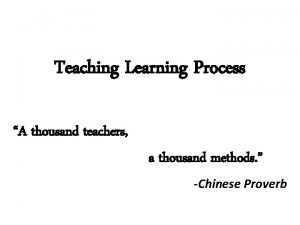
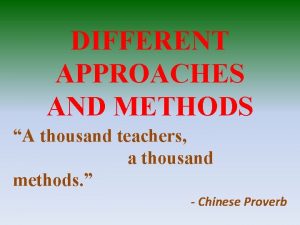


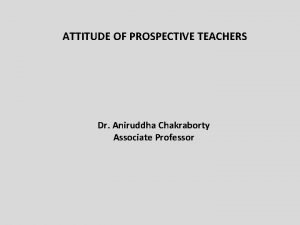


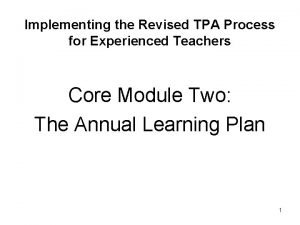

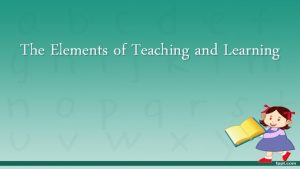
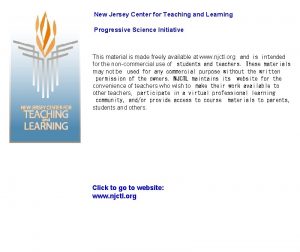
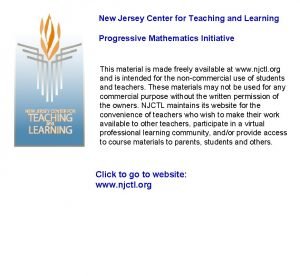
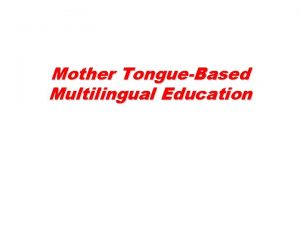
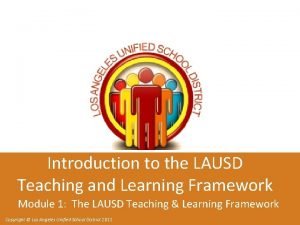
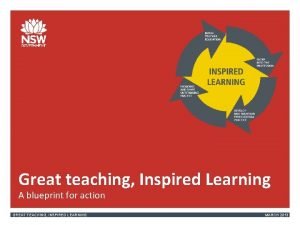
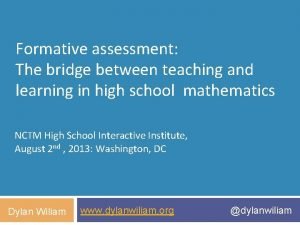
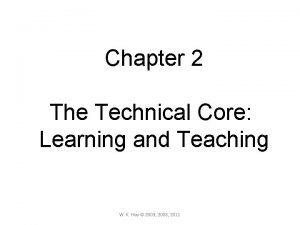
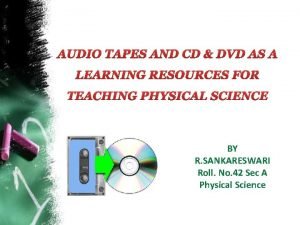
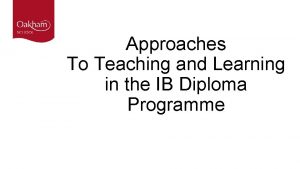
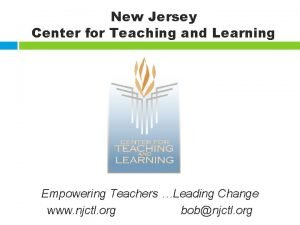
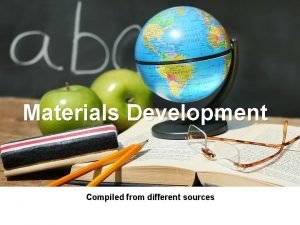
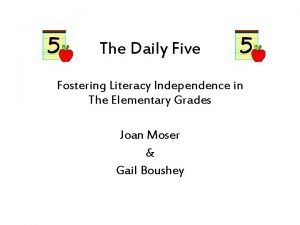

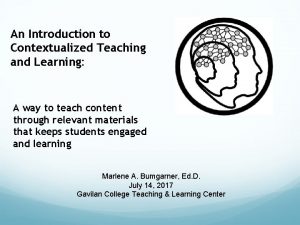
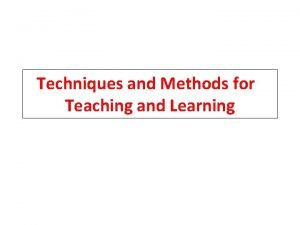
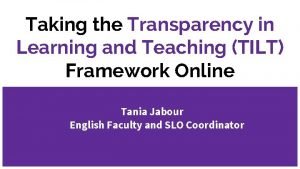
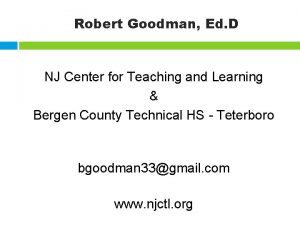
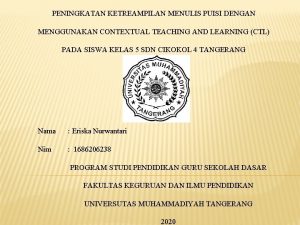
![Creative teaching u0026 learning [open house sit lhi] Creative teaching u0026 learning [open house sit lhi]](https://slidetodoc.com/wp-content/uploads/2020/11/2512431_988e0f6fb16141d8d362e3669c9f87c2-300x225.jpg)
